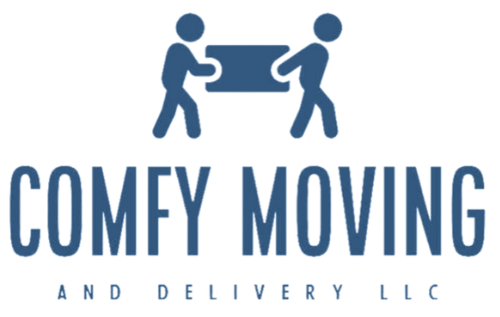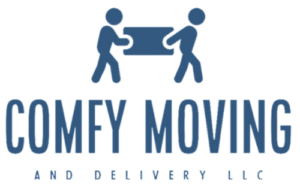How to Prepare Your Business for Relocation Without Losing Productivity
Relocating your business is an exciting chance to grow however, it can cause disruption to daily operations if managed properly. If you have the right plan implemented, you can assure an easy transition without compromising productivity. This article will loated tea recipe you prepare your company to relocate efficaciously.
1. Strategy Well in Advance
Begin planning your move as soon as you can. Find the main steps of the move and develop a schedule that details each step from packing to establishing in the new location. Include contingency plans for potential delays. If you have a clearly defined plan that you follow, you can reduce the amount of downtime and warrant that everything is on the right track.
2. Involve Your Employees
Keep your team updated and active is essential to maintain the productivity of your team during a relocation. Regularly communicate with your employees regarding the timeframe and their role throughout the process. Designate specific roles, like the packing of departments or managing the logistics of equipment, so that everyone is aware of what’s expected. This helps to reduce confusion and keeps the productivity levels stable.
- Have regular meeting to inform your team on the progress made.
- Delegate specific duties for each division.
- Encourage feedback so that you can identify possible issues early.
- Give information on how to increase efficiency during the transition.
3. Hire Vocational Movers
The most crucial step is selecting a dependable moving service that has expertise in corporate relocations. Vocational moving companies will warrant that the furniture, equipment and other valuables are safe and efficiently moved. They provide valuable advice on how to help in providing useful tips on how to reduce interruptions during the moving process.
4. Maintain Digital Continuity
To ensure that there is no interruption in your operations, you must ensure the IT system is ready for the move. Backup all data important prior to moving and create a plan to reinstall servers as well as networks and communication systems as quickly as you can. If possible, you could set the employees to work remotely to ensure that operations are running smoothly during the transition.
5. Notify Clients and Partners
It is important that your customers and business partners are aware early about your new location. Be sure to inform them of any possible delays or interruptions in service and assure them that you’re making efforts to ensure the continuity of your services. Informing them in advance helps maintain trust and helps prevent disruptions to your business relations.
- Send emails to notify you of your new email address.
- Update your social media and website platforms.
- Include the new address in your email signature as well as newsletter.
- Reassure customers about the continued service, or any delays that could occur.
6. Update Your Address Everywhere
One of the most useful, but crucial ways to do this is to update your company’s addresses across every platform. Check that your social media profiles, emails signatures, and other communications channels reflect your new address. Inform your suppliers and make sure that any legal documents are updated with the new address.
7. Test Operations Before Reopening
Before you resume full-time business you should take a day or two to check out your new office space. Check that the devices are in operation, the systems are in place and that the office is configured to assure optimal workflow. In this way problems can be taken care of before your team begins work.
8. Review and Reflect After the Move
After your company has moved into its new office It is time to reflect on the process of moving. Get feedback from employees, and review the things that went well as well as how you can increase it for future relocations. This will loated tea recipe you increase any future relocation initiatives and assure an even higher level of productivity.
If you follow these steps, you will be able to relocate your business with no loss of productivity. By implementing the right strategy and communicating the business will be able to adjust to its new surroundings and be ready to move on to the next stage of expansion.









